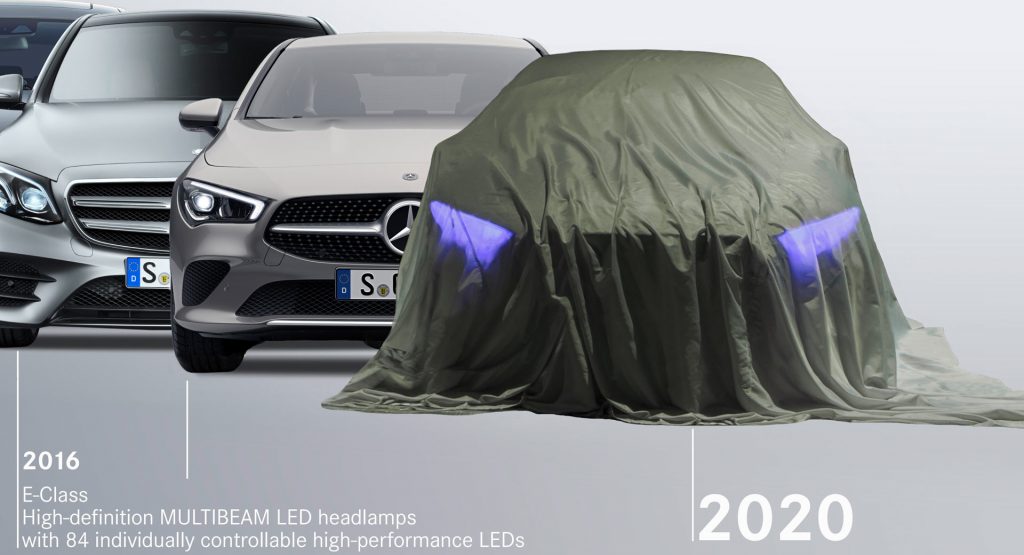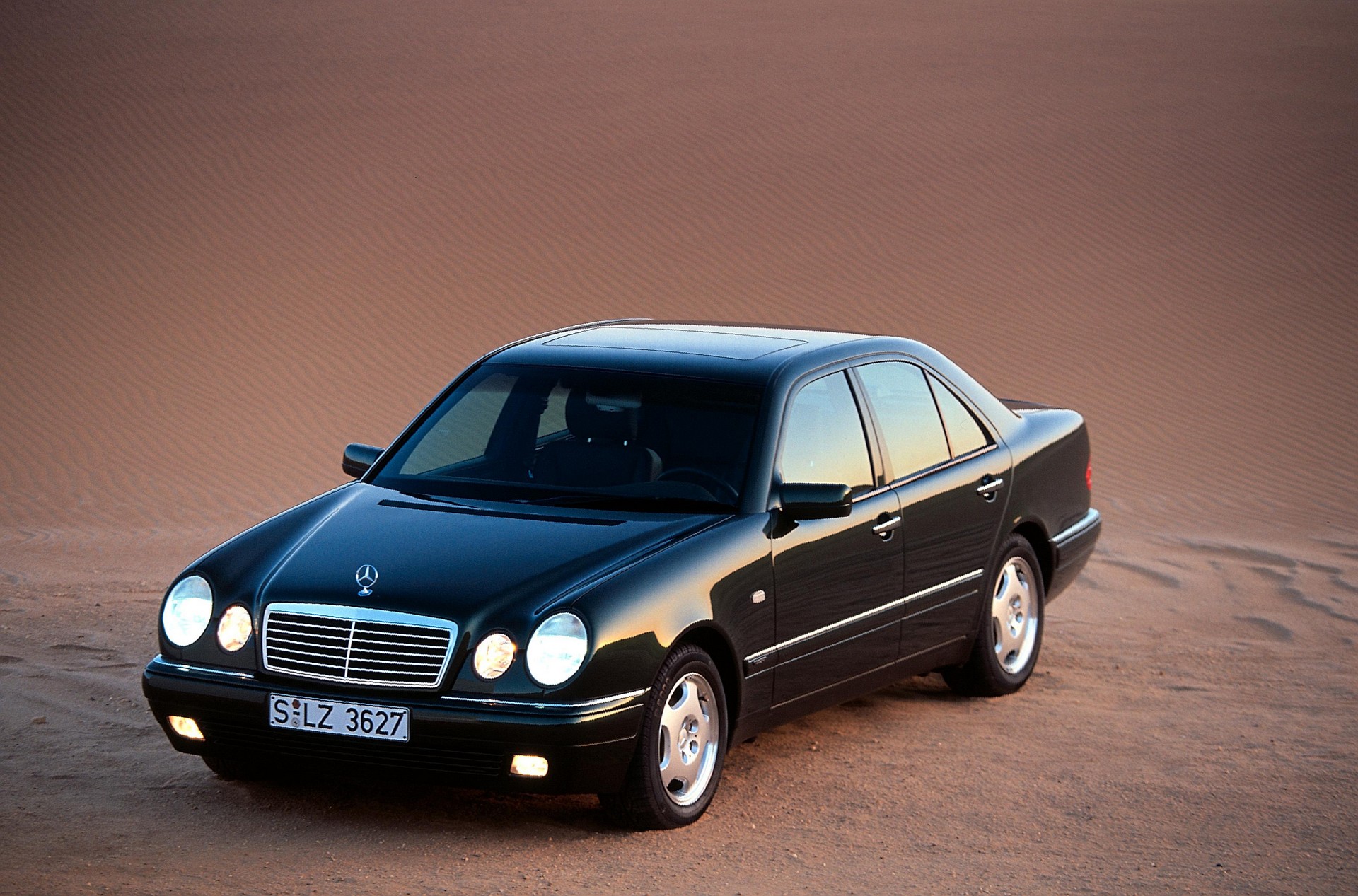Most people don’t think twice about their headlights, but they’ve come a long way in the past decade.
While much of talk has been about Audi’s LEDs and BMW’s laser lights, Mercedes hasn’t been sitting idly by twiddling their thumbs. Quite the opposite actually as the company has been working on headlight technology for well over a century.
Starting at the beginning, the first automobile used candlelit lanterns just like horse-drawn carriages. Mercedes said they only provided a “few meters of visibility” and made driving in the dark “something of an adventure.” That’s a massive understatement and terrifying is probably a better adjective.
Also Read: Mercedes EQS Is Here To Show Tesla What Electric Luxury Sedans Should Be Like
Lighting technology slowly improved and the 1901 Mercedes Simplex used acetylene lanterns which provided a “little more light” than traditional candles. However, a big improvement came in 1910 with the introduction of battery-powered headlights. They meant drivers no longer had to manually light and extinguish their headlights.
Electric headlights became popular in the 1920’s and Mercedes continued to improve them over the years. In particular, the 1934 500K had dual-filament Bilux bulbs which provided both high and low beams.
Headlight technology remained relatively stagnate after that but, in 1971, Mercedes introduced the R107 SL which was the first car to use H4 bulbs. This doesn’t sound terribly exciting, but the H4 bulbs were the first to feature halogen technology for the high and low beams. As a result, they doubled nighttime visibility.
As we start to head into the modern era, the 1995 E-Class was unveiled with Xenon headlights. They were are significant improvement over their halogen predecessors as they lasted longer, consumed less energy and produced three times as much light.
Xenon headlights eventually gave way to LEDs as the 2010 CLS was the first to feature dynamic LED headlights. The switch to LEDs wasn’t the only notable development as the model also featured adaptive highbeam assist.
Three years later, the S-Class became the “world’s first vehicle to do without bulbs.” Instead, it fully embraced LEDs.
LED headlights have improved since then and Mercedes noted each headlight on the 2016 E-Class had 84 individually controllable LEDs rather than the 24 used on the CLS just two years earlier.
We can expect that trend to continue in the future as Mercedes suggested the upcoming EQS will feature high-tech headlights. The company didn’t go into specifics, but noted the Vision EQS concept had a digital front grille with 940 individual LEDs.







